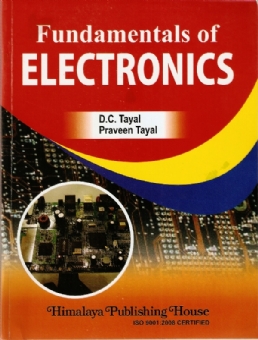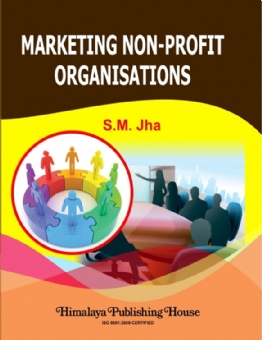There is no dearth of critical literature in Hindi. The sources of Hindi literary criticism mainly spring from Sanskrit. In applying the Sanskrit cannons of criticism, the Hindi literature has in the process of its development evolved some new yardsticks of literary criticism. But certainly their origin lies in Sanskrit literature, besides the recent borrowings from other humanities such as English, German and Russian. What is important in literary criticism is the methodology, i e., the logical, empirical frame work adopted by the critic in analysing the literary product. Actually it is the methodological perspective which opens up and throws light on new areas of discipline of literature.
The present work is the result of such an attempt. The products of Hindi literature have been subjected here to critical analysis which is nonventional and untraditional in the premise of Hindi criticism. Whatsoever literature we have in Hindi criticism is rich indeed ; but it suffers from the non-application of the cannons of assessment which have come into vogue in other areas of criticism. The ultimate and the final concern of the total fund of our knowledge is the understanding of men in the society with the effort to make him happier in the future. Hindi literature is a companion in this endeavor along with a vast number of social and natural sciences. These other fields of knowledge have during the last two decades developed a more or less vigorous methodology to understand social and non-social phenomena. In this context one is likely to pose : Why does not Hindi criticism employ the methodological perspectives which are more tight and vigorous in analysing the literary products? Why does not Hindi employ the standard measures of assessment which are logical, statistical or otherwise for analysing the contributions of writers ?
The present inquiry partly answers the questions. We have widely borrowed the methodology employed by other branches of knowledge such as psychology, anthropology and sociology. The borrowed methodological perspectives have helped us to. look at Hindi literary products altogether from a different point of view to me at least the effort has been fascinating.
The second section deals with the definitions and meaning or content analysis, what are the limitations where content analysis can safely be applied. In the following chapters, a scheme has been drawn to classify various literacy forms, categorize themes and define styles. The matrix diagram exhibits the picture how to attempt, to describe and measure objectively the characters, language, problem, events solution and approach has been given. The representation makes the measure of items both qualitative and quantitative a handy one. The psycho-chemical effects of language emotions have also been attempted, their effects on human psychology too have been studied but not rigorously.
Summarily the forms of literature have been redefined so as to know how a literary, form can be used in a particular perspective. For example, drama can be best used to prescribe norms and human values. The style of writing attempted so far as a trademark of the author or critic has been given a statistical dimension. About one thousand cards consisting of various types of writings taken from different authors were spread over to be classed in a particular style. The techniques of paired comparison test has also been made use of. In doing so it has been felt that a good nomenclature would be more powerful than rigorous logic in allowing a new dimension of analysis to be quickly and generally accepted.
Section three completely deals with the application of framework to analyse stories, dramas and novels. The findings have been represented graphically. Surprisingly enough various new findings of this study about the author, his social complexes and family environment have come to light that were not obvious from any other literary study. The various words combination of the author also throws light on the author’s attitude to exhibit an event so that it gets a display in all its meaning.
Contents –
1. Social Background of Literary Movement
2. The Functioning of the Colonial Regime.
3. Review of Literary Criticism and Need for New Approach
4. Methodological Strategy Content Analysis
5. Attempting Model Building
6. Literary Themes, Forms And Styles
7. Prasad Within The Arena of The Model
8. Jaishanker Prasad In The Realam of Dreams & Novels The Novels Of Prasad
Appendix-A
Works of Jaishanker Prasad







